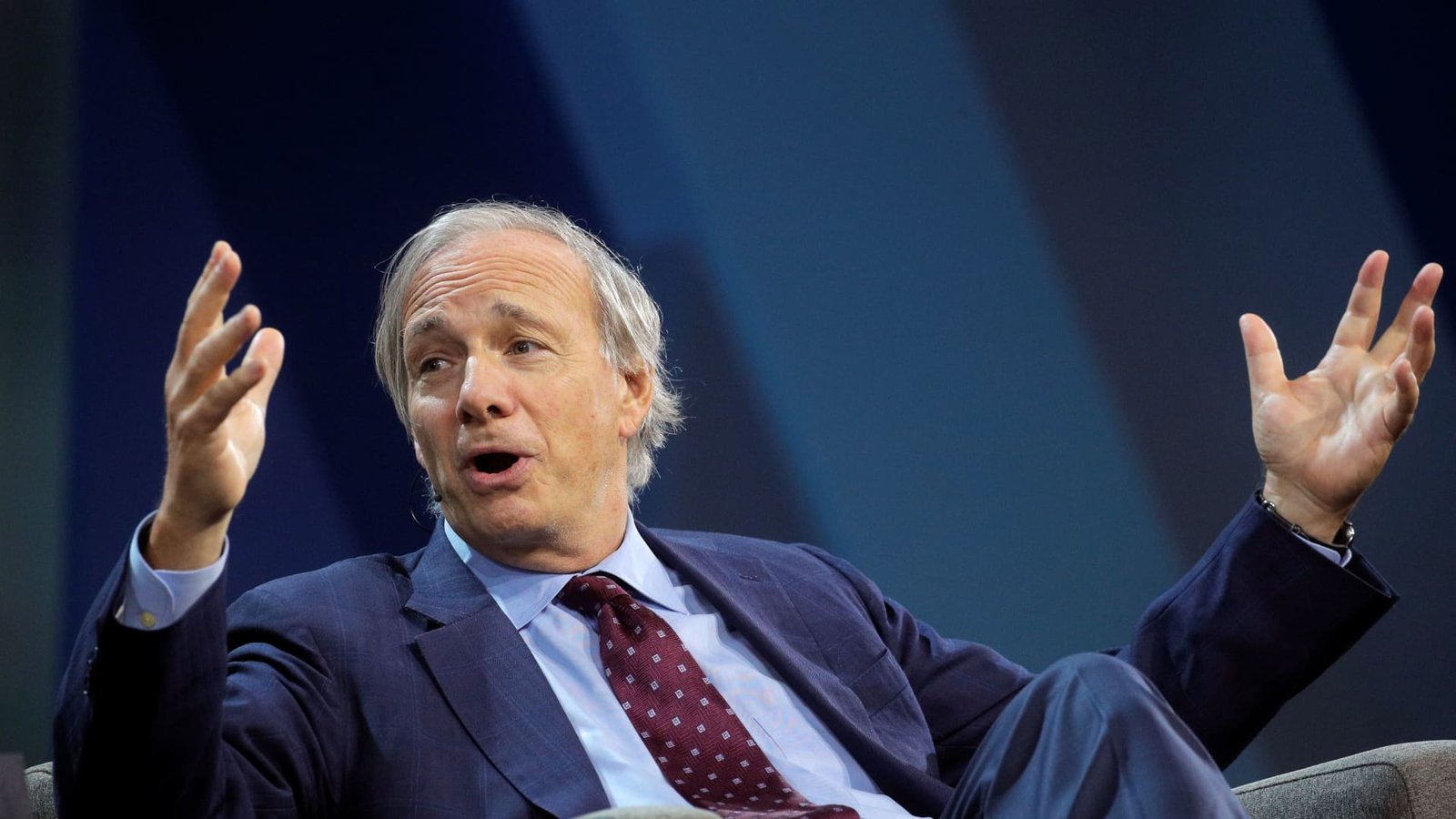Saudi Arabia has revised its growth forecasts and budget deficit estimates for the fiscal years 2024 to 2026 due to anticipated higher spending and lower projected oil revenues. The latest pre-budget report from the Ministry of Finance indicates a significant drop in the expected real gross domestic product (GDP) growth for this year, from 4.4% to 0.8%. Projections for 2025 and 2026 have also been adjusted downwards, with estimates now at 4.6% and 3.5% respectively, compared to earlier figures of 5.7% and 5.1%.
The pre-budget report highlights the Kingdom’s commitment to regulatory and structural reforms, policy development, and transformative spending aimed at fostering sustainable economic growth, enhancing social development, and improving the quality of life. The Saudi government plans to utilize sovereign and development funds for capital investment, empowering both the private and non-profit sectors to drive growth and prosperity.
Saudi Arabia anticipates continued budget deficits in the coming years as it prioritizes spending to achieve the objectives of its Vision 2030 plan, aimed at modernizing and diversifying the oil-dependent economy. The Finance Ministry projects wider budget shortfalls as a percentage of GDP for 2024, 2025, and 2026, reflecting the increased spending requirements.
The fiscal breakeven oil price for Saudi Arabia has risen in recent years, with the IMF’s latest forecast indicating a figure of $96.20 for 2024, a 19% increase from the previous year. This breakeven price is significantly higher than the current price of Brent crude, which was trading at around $70.70. Oil prices are expected to remain subdued in the medium-term due to global factors affecting demand and supply.
The country is gearing up for major international events and large-scale projects that necessitate substantial spending, such as the World Cup 2034, Expo 2030, and the Neom megaproject. Despite the challenges posed by fluctuations in oil prices, Saudi Arabia’s relatively low public debt level and high credit rating provide flexibility to manage additional debt as needed. The kingdom has implemented reforms to attract foreign investment, diversify revenue sources, and stimulate non-oil economic activity, which showed growth in the second quarter of the year.




